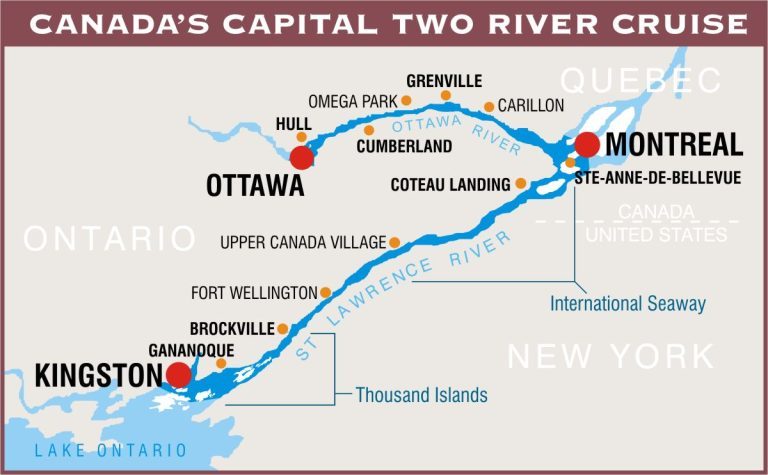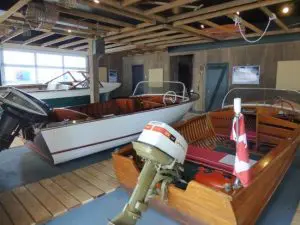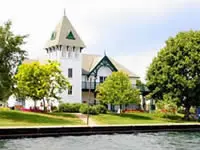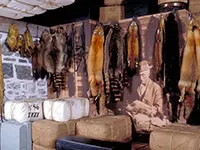Canada's Capital South
Ottawa to Kingston
5 nights, 6 days
Come and explore the St. Lawrence and Ottawa Rivers for 5 Nights and 6 Days. Embark on your cruise in Canada’s capital of Ottawa, Ontario, and disembark in Kingston, Ontario, Canada.
Along the shores of the Ottawa River, you’ll come face to face with the capital of Canada where a warm Canadian welcome awaits you. Politics and pageantry abound in this city known for its year-round festive flair. Ottawa is the seat of Canada’s federal government. It’s the political centre of Canada, home to international dignitaries and the site of world-class museums and galleries galore, satisfying every interest.
Cruising along the Ottawa River you’ll find yourself situated directly between predominantly English-speaking Ontario and French-speaking Quebec, basking in a unique blend of Canada’s founding cultures. Cruising in either direction, you will experience the many faces, stages, and attractions of the St. Lawrence River. A dynamic international waterway whose deep-draft navigation route is an essential lifeline between North America and overseas trade centres.

Overnight Ports
Attractions
In Alphabetical Order

1000 Islands
This cruise will take you to witness the island paradise and natural and man-made charm of the archipelago.

1000 Islands Boat Museum
The 1000 Islands Boat Museum is a hands-on Museum where history becomes something that can be touched, built, and experienced. The Museum includes a Boatbuilding Shop, an Activity Center, and Exhibit Galleries.

1000 Islands Heritage Museum
On Gananoque’s waterfront there’s a grand Victorian building designed in the tradition of the late 19th century two storey “grand cottage”. This museum is dedicated to interpreting the history, geology, ecology, and culture of the 1000 Islands region.

Canadian Aviation and Space Museum
Located on a former military air base, the Canadian Aviation and Space Museum focuses on aviation in Canada from its beginnings in 1909 to today. Your journey through Canada’s aviation and space history will traverse the early days of flight to the future of space exploration.

Carillon Lock
The lock at the Carillon Lock and Power Station is an impressive piece of engineering. Built between 1959 and 1964 this complex lock is a power station, powerhouse-dam and navigation lock in one.

Fort Wellington
The first Fort Wellington was built during the war of 1812 high above the St. Lawrence River at Prescott. The second Fort Wellington, still standing today, was built as a result of the Upper Canada Rebellion of 1837-38. Today, Fort Wellington is a national historic site, and is now administered by Parks Canada.

Fur Trade Museum
Located to the west of the Island of Montréal, the Fur Trade Museum at Lachine site is a testimony to the culmination of the fur industry in the Montréal region in the 18th and early 19th centuries.

Omega Park
A visit to Omega Park encourages the observation of earth and nature and all its wonders. In the comfort and safety of a utility bus, you will explore 10 kilometers of the beautiful, natural landscape of a Laurentian forest coming face-to-face with many species of Canada’s wild animals

Seaway Locks
All locks on the Seaway are similar in size. In width they are 80 feet; the depth over the sill is 30 feet; and the length - that is breast gate to fender - is 766 feet. Ships can be raised or lowered from 45 feet to 49 feet depending on the season of the year.
